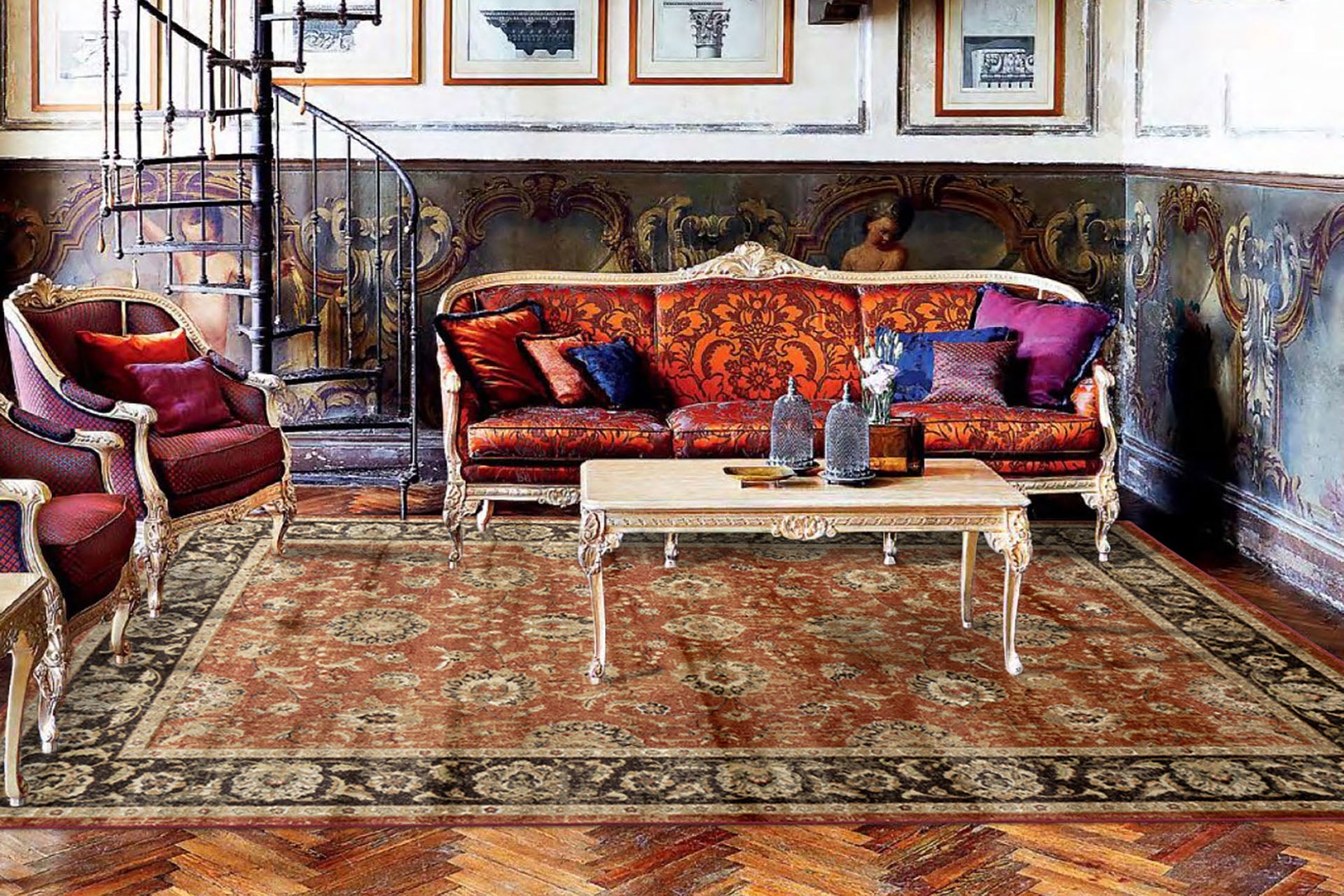9 Frequently Asked Questions About Rayon Fiber

Where did the name Lei Ying come from?
English chemist Charles Frederick Cross patented his invention of rayon in 1894, naming the material "Viscose" because its production involved the use of a Highly viscous solution (Viscous). Viscose was first brought into commercial production by the British company Courtaulds Fibers in 1905. Courtaulds established the American branch in 1910 and manufactures its formulas in the United States. In 1924, the United States officially adopted the name "Rayon". Although the yarn itself is still known as "Viscose Rayon" in Europe, this has also been ruled by the US Federal Trade Commission (FTC) to be an acceptable alternative to "Rayon".
Does Lei Ying have another name?
Common other names are Faux viscose, Artificial viscose, Art viscose.
Is rayon a natural fiber or a synthetic fiber?
In fact, rayon is between the two, rayon is the oldest man-made fiber, and the raw material of rayon is natural wood pulp cellulose. The rayon composition process involves breaking down natural cellulose and reforming it into fibers. Since rayon is made of cellulose material, it behaves like natural fibers like cotton or bamboo.
Can yarn be a substitute for viscose?
The answer is yes! viscosey, cool, breathable yarn is a good alternative to natural viscose due to its affordability and excellent properties. Yarn and viscose have very similar properties, such as luster and soft texture. In fact, viscose is obtained by spinning viscoseworms to form cocoons, and the only way to obtain viscose is to boil worms in their cocoons. It can be imagined that 3 tons of fresh mulberry leaves are needed to feed enough viscoseworms to produce 1.000.000 cocoons to satisfy the yarn needed to produce a small viscose rug, which makes rayon an excellent ethical alternative to viscose product.
What are the characteristics of Leiying?
Rayon rugs are soft, smooth, cool, comfortable and highly absorbent. Rayon is a versatile fiber that is widely considered to have the same comfort properties as natural fibres. Yarn can simulate the texture of viscose, wool, cotton and linen.
Rai Ying is valued for its abundance of vibrant colors. The colors appear more detailed and closer to the natural way of staining.
Is it normal for my Rayon viscose rug to shed?
Many newly produced rayon rugs tend to shed within the first few weeks of use. This phenomenon should be called depilation or fuzzing is caused by the way the yarn is spun, it is a natural phenomenon inherent in rayon yarn, this depilation phenomenon will eventually stop.
In the first few weeks, gently vacuum the carpet a little more frequently and empty the dust bag regularly. Wiping the surface with a damp cloth that has been wrung out well will help remove fine dust from the surface of the fibers. But never get your rayon viscose rug wet! Rayon fibers tend to break when wet and must dry quickly, remember this fiber contains a natural component: cellulose, when soaked in water, rayon fibers will shrink, using a lot of water is not the way to properly clean this rug, it is recommended Send professional dry cleaning.
If your rayon viscose rug gets wet inadvertently, you should push the wool fibers back to the original factory direction with your hands or a soft comb first, so as to maintain the correct alignment after drying. And how to distinguish whether the hair is in the forward direction or the reverse direction? When pushing the hair fiber in a consistent direction with your hands, if it feels smooth and unobstructed, the hair fiber is in the direction of the hair. On the contrary, if the hand feels rough and the hair fiber feels slightly pushed, it is in the reverse hair direction.
How should I maintain my Rayon viscose rug?
Regular vacuuming is always recommended in the direction of the fur. If your vacuum cleaner is a high-power type, make sure to switch it to low-power operation, and do not activate the brush head with rotating function. You will need to push the vacuum across the entire length of the carpet in slow, gradual strokes to collect all the dust and grime. If the viscose rug has tassels attached, pay special attention to the tassels as they tend to get caught in the suction head. To prolong the life of the tassel, please do not rest on it to roll.
How do I clean up stains or drink spills?
Professional dry cleaning is highly recommended as rayon is a very absorbent fiber. If you still want to remove the stain yourself, we can give you the following advice:
- Before using any method, do a pre-test on an obscure corner.
- Always clean up spills immediately to prevent permanent stains.
- Blot up liquid with a white towel or paper towel.
- Wipe gently, changing the cloth frequently to a clean side.
- Do not rub or scrub.
- Always pat down the hair.
- If you're using clear, warm water, dry the rug as quickly as possible, along the fur.
Rayon rugs can become stiff and dull after cleaning. A small amount of fabric softener (diluted in a spray can and mixed well) can be added to the still wet fibers before drying completely to help soften the fibers.
Why is the Rayon viscose rug so shiny?
Rayon viscose rugs are aesthetically stunning with shimmering effects and an ultra-soft viscosey texture. The excellent color retention of rayon can keep the carpet bright and new appearance even after many years.

The unique cross-section of rayon fibers can better reflect incident light and increase its luster!
Rayon viscose rug, so natural!
Rayon is a natural fiber that provides ultimate softness and comfort to your feet. What's more, there are no toxic chemicals injected into the product.
Discover more carpets made from rayon fibers






